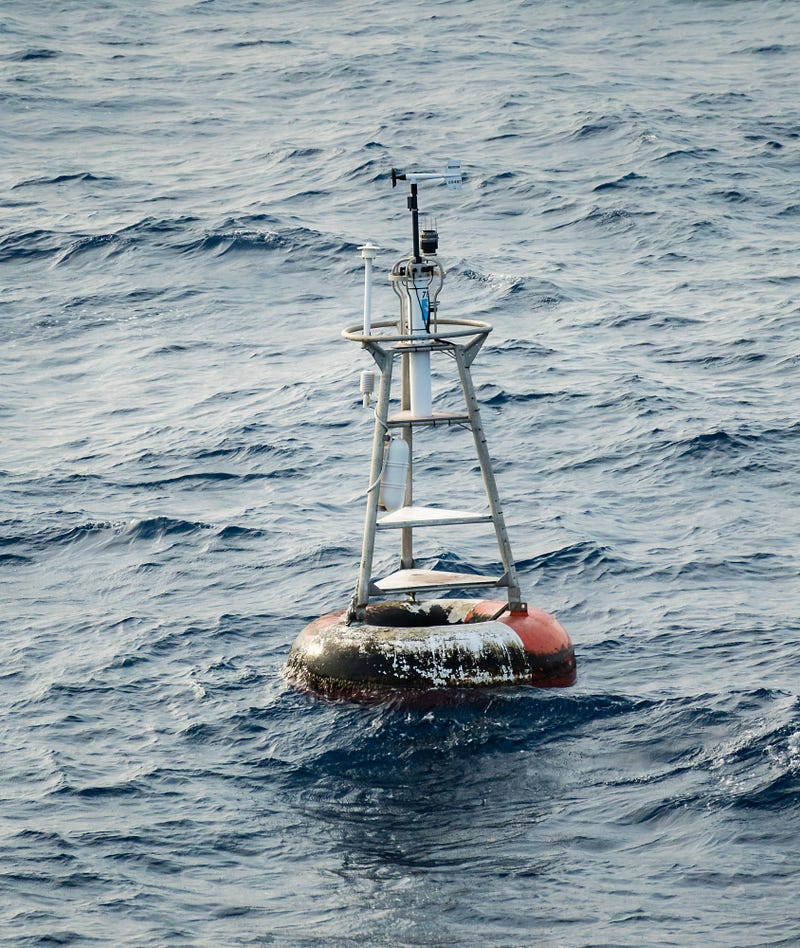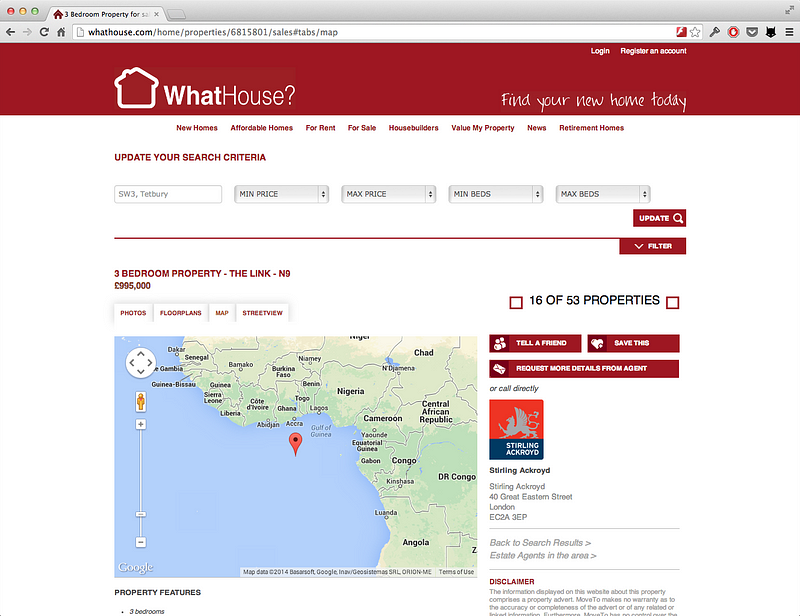Exploring the Enigma of Null Island: The Data Mirage
Written on
Chapter 1: The Phantom Island
Are you in the midst of planning your next family getaway or travel escapade? Consider a so-called island in the South Atlantic, situated just off the western coast of Africa, around 354 miles (570 km) away from Ghana. Here, you might encounter a tiny community, purportedly home to four thousand residents, yet attracting millions of tourists annually. This peculiar place boasts the highest number of Segway users per capita in the world, along with an array of diverse landmarks.
Welcome to Null Island, an invitation awaits you. In fact, you may have already "visited" without even realizing it. No visa, COVID passport, or vaccinations are necessary—just bring along a compass. The coordinates? 0 by 0. However, there is no airport; your journey must commence by sea.
A Brief Visit But once you arrive on your inflatable boat, luggage and camera in tow, you will be met with nothing more than a solitary buoy, whimsically named Station 13010-Soul, bobbing in the vast ocean, surrounded by an endless expanse of water.
Capture a snapshot for your Instagram feed; you’ll need something to show for your adventure. Here’s the buoy in question:

Photo credit: Graham Curran — CC BY-SA 4.0
This buoy serves a critical purpose—not for navigation or tourist assistance—but as part of a collaborative effort between the US, Brazil, and France to gather oceanic atmospheric data. Known as PIRATA (Prediction and Research Moored Array in the Tropical Atlantic), it is one of numerous buoys equipped with instruments that help enhance our understanding of climate and weather forecasting.
You might be wondering, "What about my vacation? All I see is this mundane buoy! Where's the island? Is it like the mysterious island from Lost?" Unfortunately, the answer is no—there is no island.
Chapter 2: The Science of Null
So, what exactly is Null Island? The phenomenon stems from a geocoding system that misinterprets data, receives incorrect data, or glitches and registers coordinates as null. This process results in the coordinates for latitude and longitude both being set to zero.
The geocoding system in question is the World Geodetic System 1984 (WGS84), utilized as a global reference framework and to assist the Global Positioning System (GPS). The term "null" signifies an absence of data. For instance, if you upload a photo and the app struggles to identify your location due to poor coding, it might input your coordinates as null, indicating no data available. In this scenario, a blank field translates to "null."
The confusion arises in interpreting “null.” While you might typically display this with a zero, a less sophisticated software might take the zeros literally. Hence, latitude unknown and longitude unknown morphs into latitude 0 degrees and longitude 0 degrees—the point where the equator and prime meridian intersect: welcome to Null Island (beware of any lurking smoke monsters).
The misunderstanding between nonexistent data and literal zero data explains how a photo of the Eiffel Tower in Paris or even a £995,000 north London property listing can mistakenly appear on an island off the West African coast:

Null Island has since inspired artistic interpretations, including a flag and the playful establishment of a tongue-in-cheek republic:

All rise for the Null national anthem. Photo credit: Chris Daley — CC BY-SA 4.0
Interestingly, this null error doesn’t only affect geographical locations. Many individuals with the surname Null face issues when trying to fill out online forms for taxes, voter registration, or holiday bookings. Why does this happen? It’s the inverse of the Null Island scenario. In this case, the software misinterprets the legitimate data (the name Null) as an absence of information, prompting the frustrating message: "Please enter a name to continue."
The Unfulfilled Promise of Null Island Unfortunately, Null Island isn’t the enchanting destination you might have hoped for. While advancements in technology have lessened these issues in recent years, they persist. As for your vacation? You may want to reconsider and enjoy that week in Mallorca instead.
Ultimately, data systems must interpret the information they receive, making decisions when data is absent, incorrect, or ambiguous. Every piece of data must have a destination, and when it gets lost, it often ends up washed ashore at Null Island—the dumping ground for the digital world.
In this video, titled Facebook's Island of Misfit Pictures, explore the quirky nature of misidentified locations in data and how these amusing anomalies occur.
Join us for a look at the Island of Misfit Toys, where we delve into the world of forgotten and misplaced data, much like the legend of Null Island.